Investigating All Aspects of Peripheral Vascular Disorders
The Vascular Medicine Research Program at BIDMC spans all areas of investigation involving peripheral vascular disorders, with disciplines ranging from basic/translational research to clinical health services and outcomes research. Consisting of a diverse group of investigators, the program receives funding from non-profit foundations, the National Institutes of Health, industry partnerships and philanthropy. The program has a particular interest in training new investigators, and members of the program include medical students, residents/fellows and junior faculty. The group collaborates closely with multiple biostatisticians, and the clinical research program arm operates as part of the Smith Center for Outcomes Research. Since its inception, the program has been prolific, publishing more than 40 manuscripts annually, presenting original science at national and international meetings, participating in national societies, and contributing to updates of society guideline recommendations.
Our Team
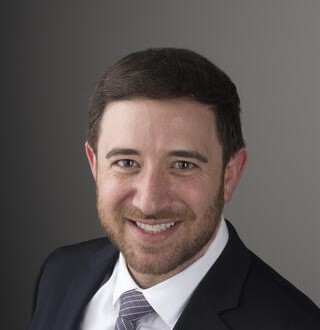
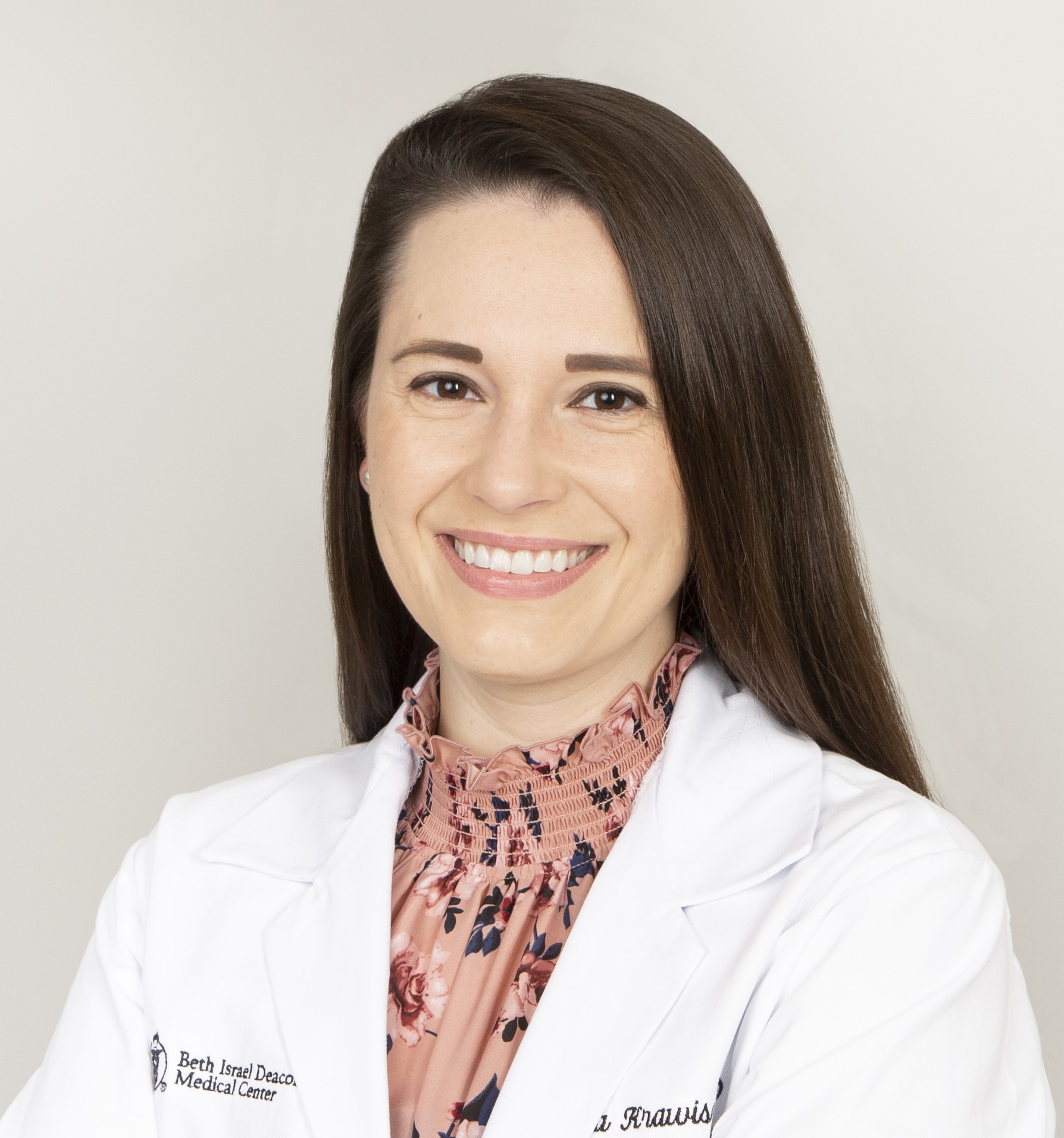
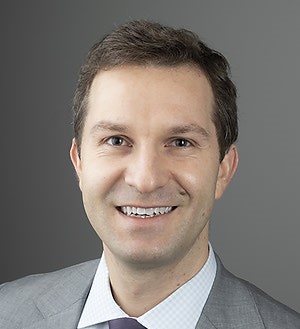
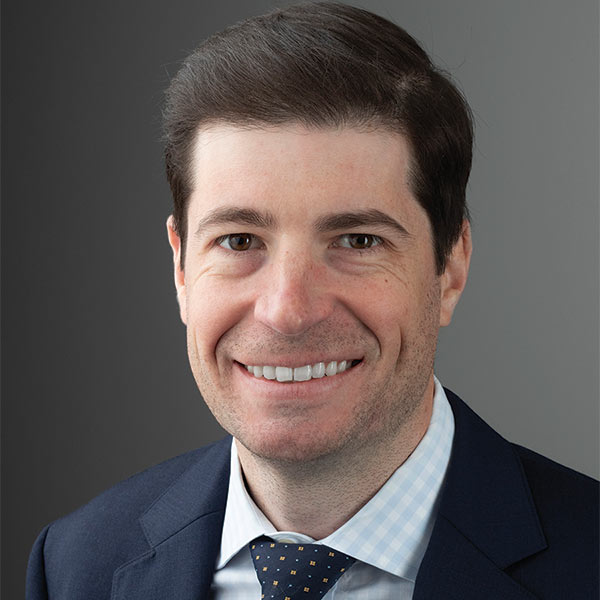

Eric Secemsky, MD Anna Krawisz, MD Alec Schmaier, MD Brett Carroll, MD Betsy Rose, NP
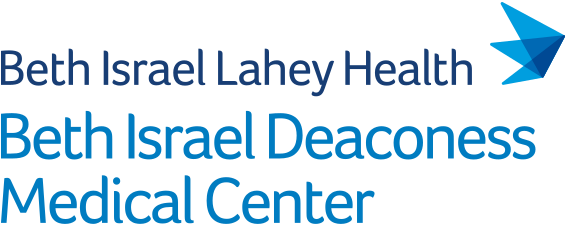
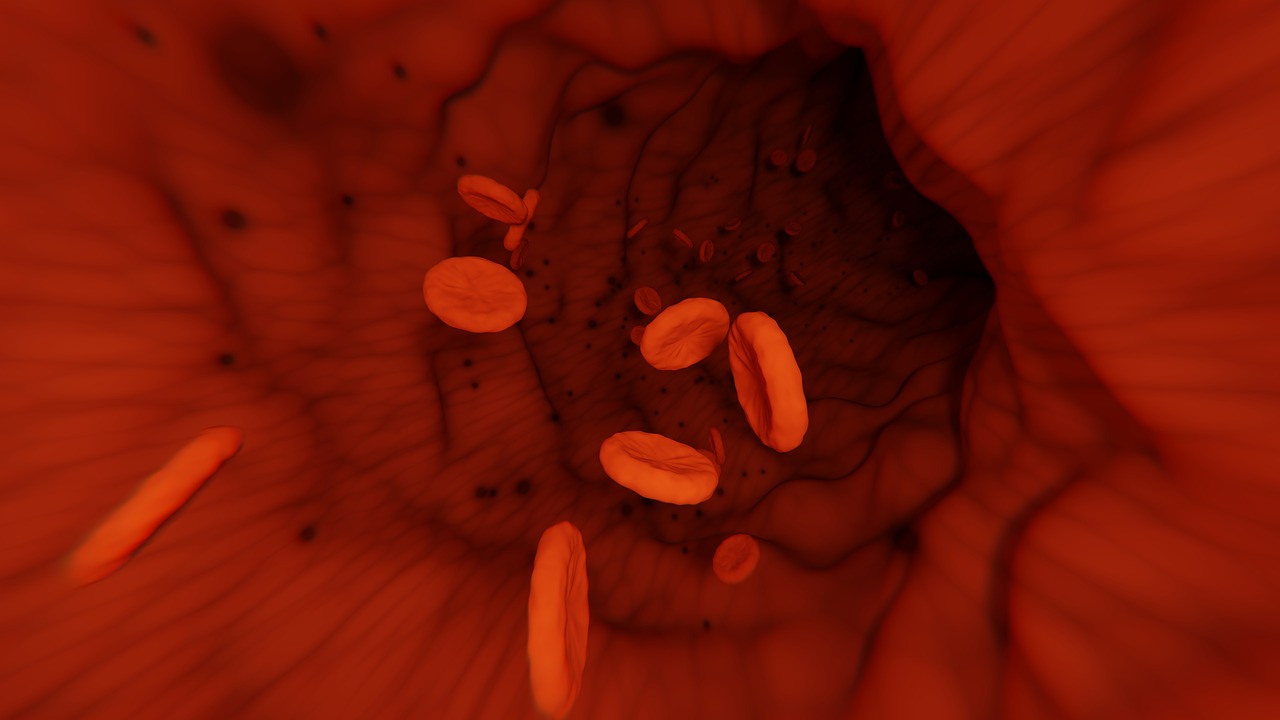
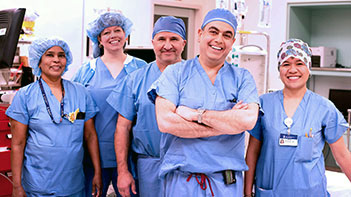
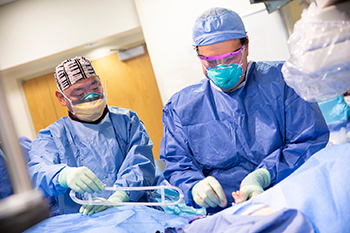
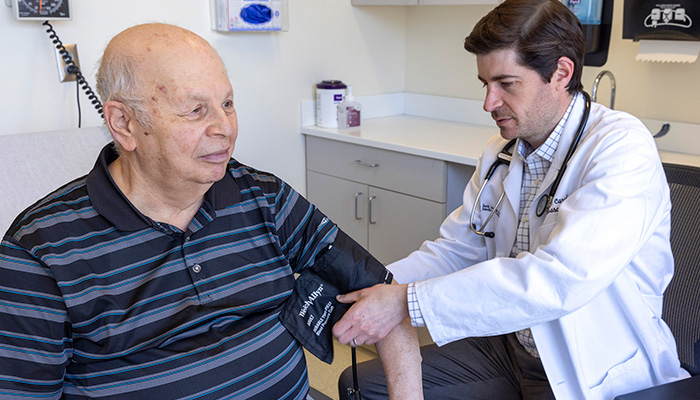 Dr. Krawisz co-led the launch of BIDMC’s Complex Hypertension Clinic, a multidisciplinary team of physicians assembled to provide high-quality care to patients with uncontrolled hypertension. The Clinic works with patients to optimize the management of their hypertension through lifestyle changes, medication adjustments, and for some patients, a minimally invasive procedure called renal denervation. Read more about the Complex Hypertension Clinic
Dr. Krawisz co-led the launch of BIDMC’s Complex Hypertension Clinic, a multidisciplinary team of physicians assembled to provide high-quality care to patients with uncontrolled hypertension. The Clinic works with patients to optimize the management of their hypertension through lifestyle changes, medication adjustments, and for some patients, a minimally invasive procedure called renal denervation. Read more about the Complex Hypertension Clinic